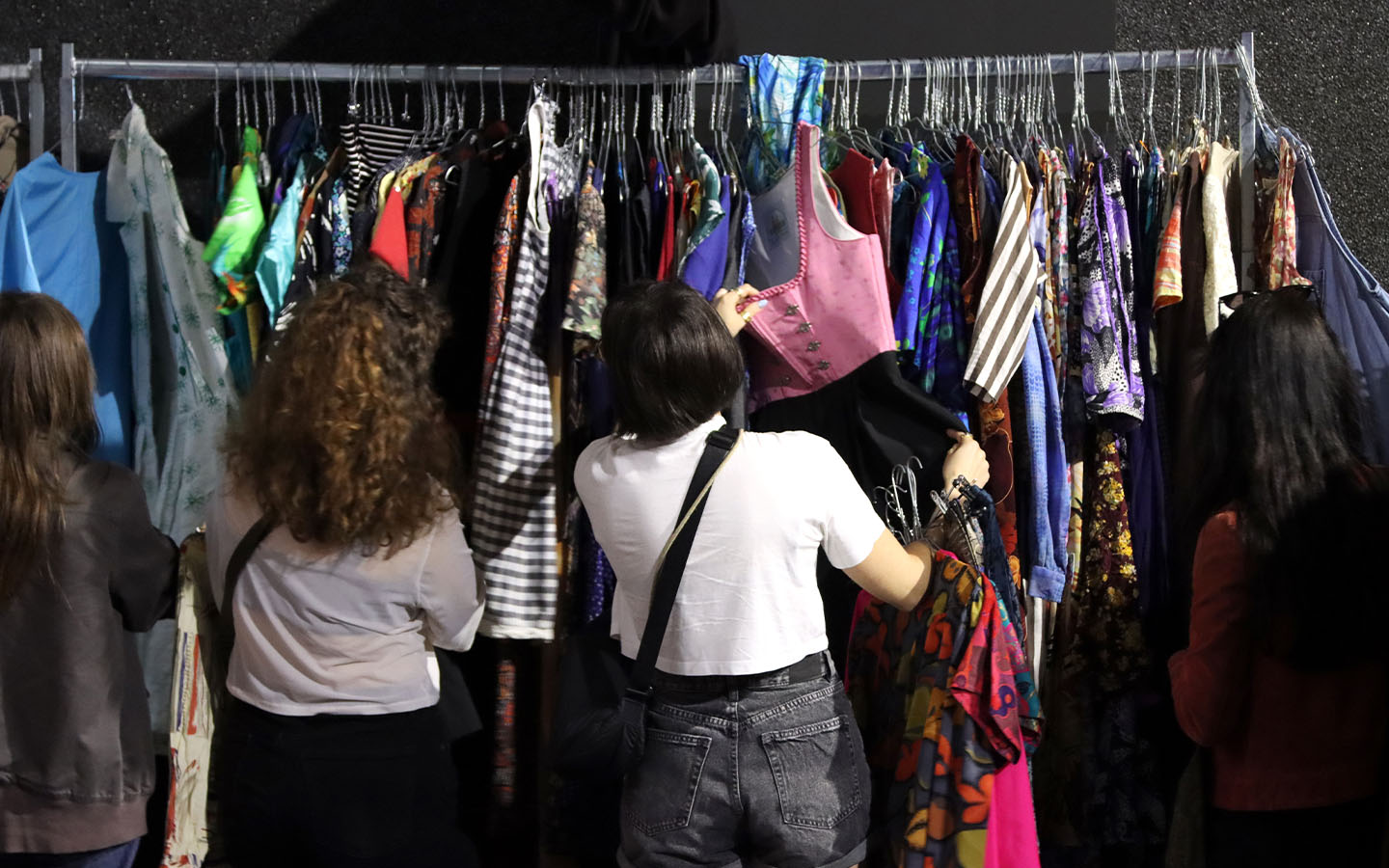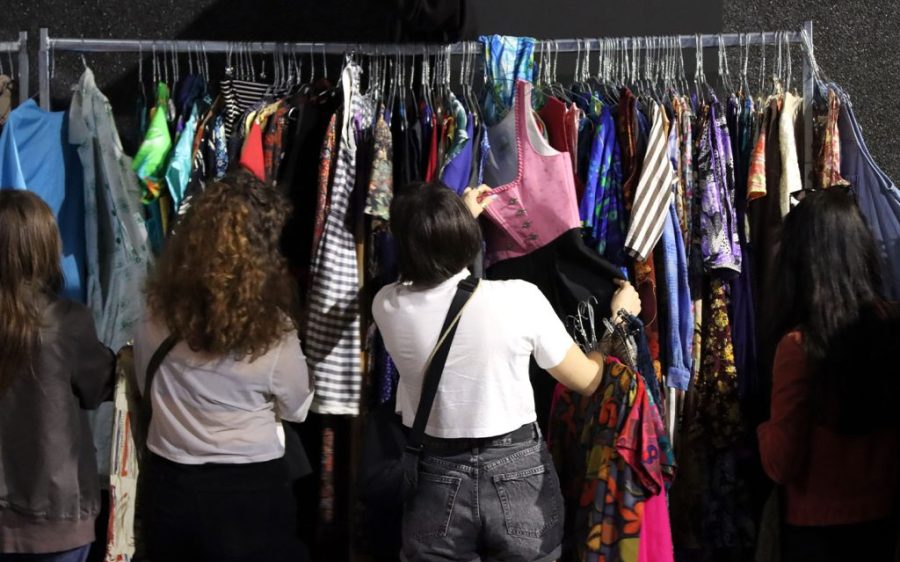Secondhand fashion, often viewed as a key tool in combatting the environmental impacts of overconsumption, actually encourages worse behaviour in many consumers, according to new research published in Nature.
The fashion industry is among the most environmentally damaging sectors worldwide, responsible for 2 to 8 percent of global carbon emissions and around 20 percent of industrial wastewater pollution, with 85 percent of all textiles ending up in the dump each year.
Secondhand fashion, often promoted as a sustainable alternative to the ultra-wasteful fast fashion, has grown significantly in recent years. Global sales hit US$177 billion in 2022 and are expected to double by 2027.
But how sustainable is secondhand fashion? The market’s growth, even as primary fashion holds strong, suggests that resale is doing little to slow consumption. New research from the Economic Growth Center at Yale University reveals as much, finding those who buy more secondhand also tend to toss items sooner and buy more new items, especially young and frequent shoppers.
Co-authors Meital Peleg Mizrachi and Ori Sharon examine how the “rebound effect” and “moral licensing” may explain continued high-volume consumption, even among those who express strong sustainability values, and what policymakers can do to make the secondhand market live up to its promise.
[See more: Fast fashion is far more expensive than you thought]
The rebound effect, the authors explain, describes a pattern in which perceived environmental or financial savings encourage further consumption, offsetting expected gains. Consumers who buy secondhand may feel less guilt about their consumption, enabling more buying, or save money that they then feel comfortable spending on more clothing.
Moral licensing occurs when participating in a virtuous act – in this case, buying secondhand – creates a sense of moral “credit” that justifies subsequent unsustainable choices.
Both are well-documented phenomena in other contexts and may explain why even those who say they value sustainability continue to overconsume. As resale markets expand, these dynamics are likely to become more pronounced, necessitating a proactive approach. Peleg Mizrachi and Sharon urge lawmakers to extend regulatory attention to all levels of the resale market with measures like requiring resale platforms to disclose sustainability metrics and clarifying the environmental impact of donation-based organisations, which often burn or landfill excess items.
Rather than directing buyer behaviour, this transparency will enable policymakers with the information needed to accurately assess environmental performance and address shortfalls. On the consumer side, the authors advocate exploring behaviour-oriented interventions like taxes on non-durable garments or environmental cost accounting.






